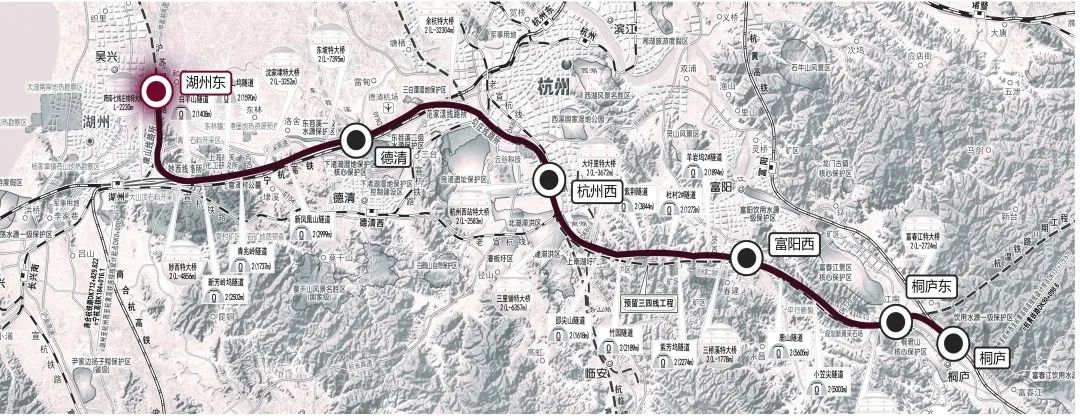Extended reading on January 30, 2021, the public welfare Salon “Mingming Zhuhu: from Dai Qianhe to Liang Sicheng: Research on the identification of Sichuan ancient buildings” sponsored by the Museum of Sichuan University was held in Jianan teahouse outside the South Gate of Sichuan University
. ![]()
It welcomed yuan Tingdong, an expert in Bashu culture, Zhang Xianjin, an expert in ancient architecture, LV Chongjiu, former Secretary of West China Medical University, Tan Kai, a famous writer, and Xiao Yi, a young scholar More than ten experts and scholars participated in the discussion
. ![]()
They watched these two groups of old photos of Chengdu with great interest and had a heated discussion
. ![]()
This time, we visited two groups of old photos, some of which were more than 100
. ![]()
We selected thousands of photos taken by the West China Frontier Research Society in the 1920s and 1930s, including the old Sichuan University, the campus of West China Union Medical College, the Confucian temples in various counties and cities in Sichuan Province, the street view of Chengdu after the Japanese bombing in 1939, and the excavation of Wang Jian’s tomb
. ![]()
It is introduced by Professor Chen Haixia one by one, especially the investigation and research of the museum’s founder and first curator, Mr
. ![]()
Dai Qianhe, on the ancient buildings in Sichuan and his achievement “Chinese pane design”; second, it selects four or five points, nearly 200 photos, from more than 3100 photos of ancient buildings in Sichuan taken by the construction society from the end of 1939 to the beginning of 1940
. ![]()
Among them, the construction time of the mosque on Gulou South Street in Chengdu, the original appearance of Bangke building destroyed by the Japanese bombing in Chengdu on July 27 after Mr
. ![]()
Liu Zhiping’s surveying and mapping survey, the apartment building where the Institute stayed, the intersection of the Institute in Chengdu with the former Museum of West China University, the predecessor of Sichuan University Museum, and the Wanfo tower of Dufu thatched cottage museum all attracted guests’ attention A heated discussion from the audience
.
In order to help you know more about the old photos shared in this salon, we will present three articles, namely, the concluding part of Dai Qianhe’s a brief review of Chinese Architecture: architectural features of Sichuan, excerpts from Liu Dunzhen’s investigation diary of ancient buildings in Sichuan and Kangxi, and Liu Zhiping’s Chengdu Mosque, for your extended reading
.
Daniel sheets dye, one of the longest working foreign teachers in Bashang, West China, has served five times as the former dean of the school of science of West China Union Medical College
.
He is the main founder and the first curator of the Museum of antiquities of West China Union Medical College (the predecessor of Sichuan University Museum)
.
He was born in Ohio on February 7, 1884
.
After graduating from Cornell University, he taught in the University of Wisconsin
.
One year later, he went to China on October 26, 1908 and taught in Shanghai Hujiang University
.
He joined Sichuan in 1909 to prepare for the establishment of West China Union University
.
During the anti Japanese War, he also participated in the summer frontier service group for teachers and students, and retired to return to the United States in 1948
.
In 1914, Dai Qianhe presided over the establishment of the Museum of antiquities of West China Union University and served as the first curator
.
He was the first to study the museum
.
In the 1920s-1940s, he published the stone tools found in West China, the symbolic significance of stone tools patterns in West China, the utilization of agricultural water resources in Sichuan, a brief review of Chinese Architecture: architectural features in Sichuan, the study of Chinese architectural structure: Taking Sichuan ancient cultural relics as an example, and the book of Chinese architecture Chinese art pattern: individual study of flower usage, West China Museum: West China people and West China civilization and other articles, covering West China cultural heritage, archaeology, art, address, weather and other aspects
.
In 1937, his monograph on the study of the pane patterns of ancient Chinese architecture, named “agramao fchine selatice” (the third edition was renamed “machine selaticedesigns”), was officially published at Harvard University
.
The later edition was reprinted
.
It is known as “not only an interesting scientific work, but also an art work with guiding significance in the processing of natural materials and reproduction of reproductions” In the book, he worked with Chinese Yang Jichang to draw more than 2500 kinds of Chinese panes
.
Architectural features in Sichuan — Excerpt from the epilogue of Dai Qianhe’s a brief review of Chinese Architecture: architectural features in Sichuan
.


